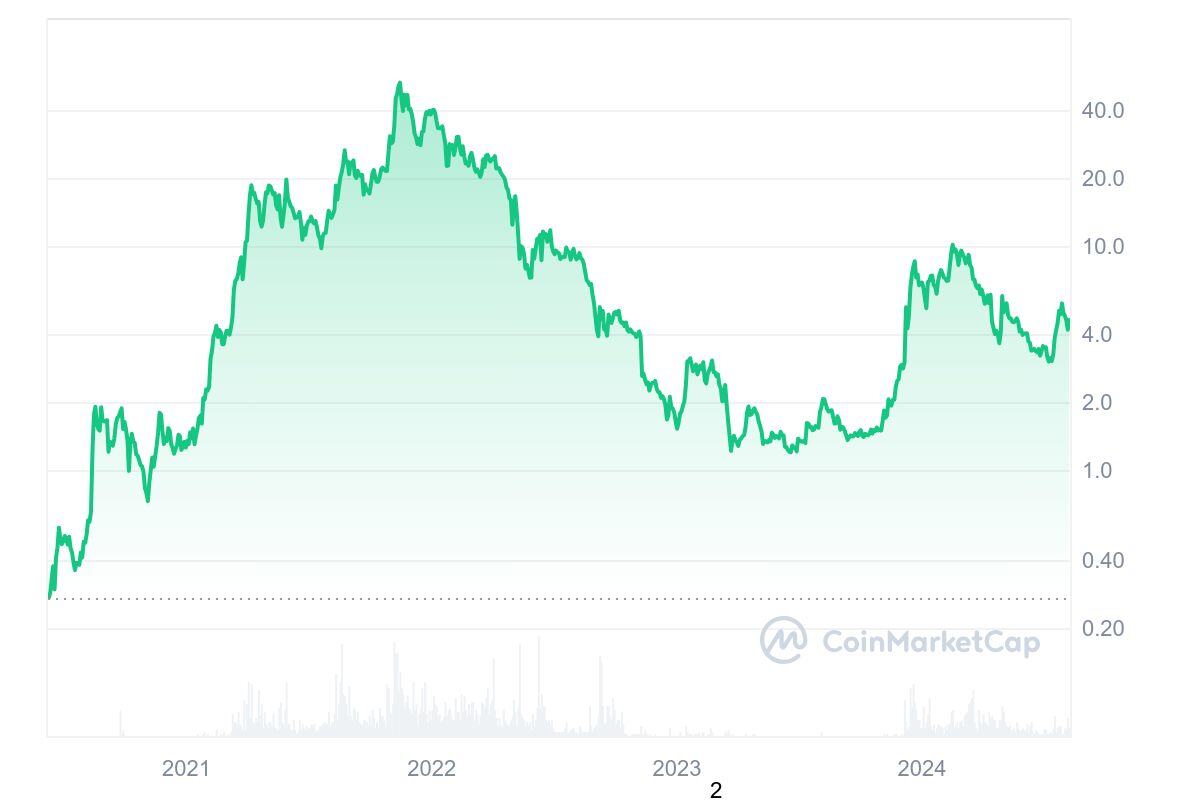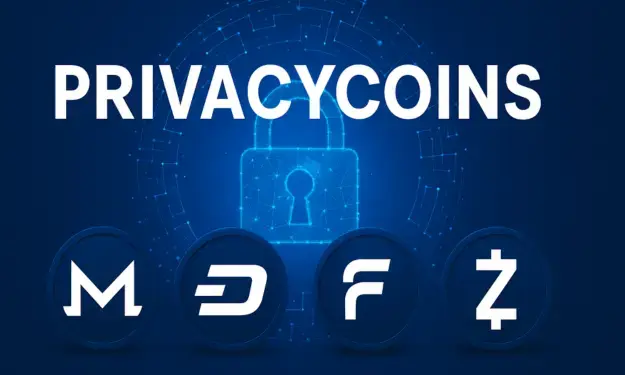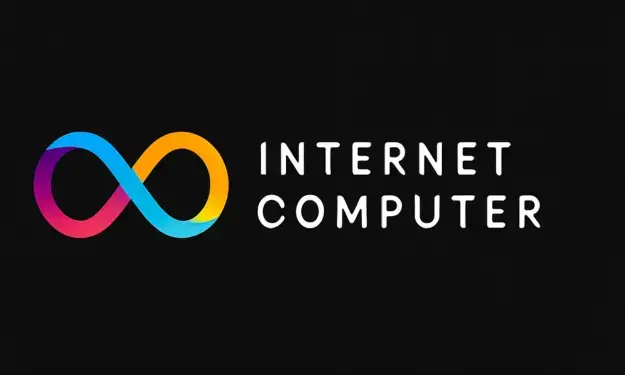Publication date: August 8, 2024
What is Helium?
Helium focuses on creating a global wireless network accessible to anyone anywhere in the world, supporting the Internet of Things (IoT), a system in which everyday objects exchange data and communicate with each other over the Internet. This allows devices to communicate with each other without relying on traditional mobile networks. The concept behind Helium is the use of LongFi, a technology that enables long-distance data transmission with minimal energy.
Helium's network uses hotspots. These hotspots provide coverage for IoT devices in exchange for Helium tokens. This model encourages users to place hotspots to contribute to the network. Helium focuses on creating a global wireless network that can be accessed by anyone and used anywhere in the world.

How does Helium work
Helium's mechanism is based on Proof of Coverage (PoC), in which participants, also known as hotspot operators, prove that they provide wireless coverage in specific locations. Hotspot operators are individuals or entities that install special devices to support the network and earn Helium tokens (HNT) for doing so. By providing this proof, they earn Helium tokens. The PoC mechanism continuously verifies that hotspots actually provide their promised coverage, which increases the reliability of the network.
Helium tokens play a crucial role in the network. They serve as rewards for participants who contribute to the network's coverage. In addition, these tokens can be used for transactions within the Helium ecosystem. Helium's economic model ensures that the value of HNT is directly tied to the growth and use of the network.
History of Helium
Helium was founded in 2013 by Amir Haleem, Shawn Fanning, and Sean Carey. The founders had a vision to create a global wireless network accessible to IoT devices. Their goal was to provide a platform that would enable reliable and affordable connectivity independent of traditional mobile networks.
Since its founding, Helium has achieved several milestones. In 2019, Helium launched its mainnet, which was an important step in the network's development. This allowed users to install their hotspots and contribute to the network's coverage. Since then, the network has grown significantly, with thousands of hotspots operating worldwide.
Helium has entered into several strategic collaborations and partnerships to drive network growth. One of the most notable collaborations was with Lime, the well-known electric scooter rental company. This partnership helped expand the network and attract more users. Such partnerships have contributed to Helium's visibility and acceptance in the market.
What's been going on at Helium
Lately, Helium has made several updates and improvements to its network. One of the most significant updates was the introduction of Helium 5G. This expanded the network's capabilities to 5G connectivity, allowing greater bandwidth and faster data transfers. This upgrade has the potential to make the network even more attractive to a wider range of IoT applications.
Despite technological advances, Helium also faces challenges. One of the main problems is the technical complexity of the network, which can be a barrier for new users. The community and developers are aware of these challenges and are working on solutions to make it more user-friendly. Updates and improvements are released regularly to improve the user experience and lower the barrier for new participants.
There have also been some controversies surrounding Helium, especially regarding the price volatility of the HNT token. Fluctuations in the token price can affect investor confidence and create uncertainty. However, the community is proactively responding to these challenges and continues to work to strengthen the network and increase stability.
Pricing of Helium
In the first year of its introduction, Helium rises from around $0.25 to above $50. In the ensuing period, Helium falls along with the general decline hitting so many currencies and returns to $1. With the current price around $4.60, the recovery has continued. Below is the price chart from its introduction.


.svg)










.webp)